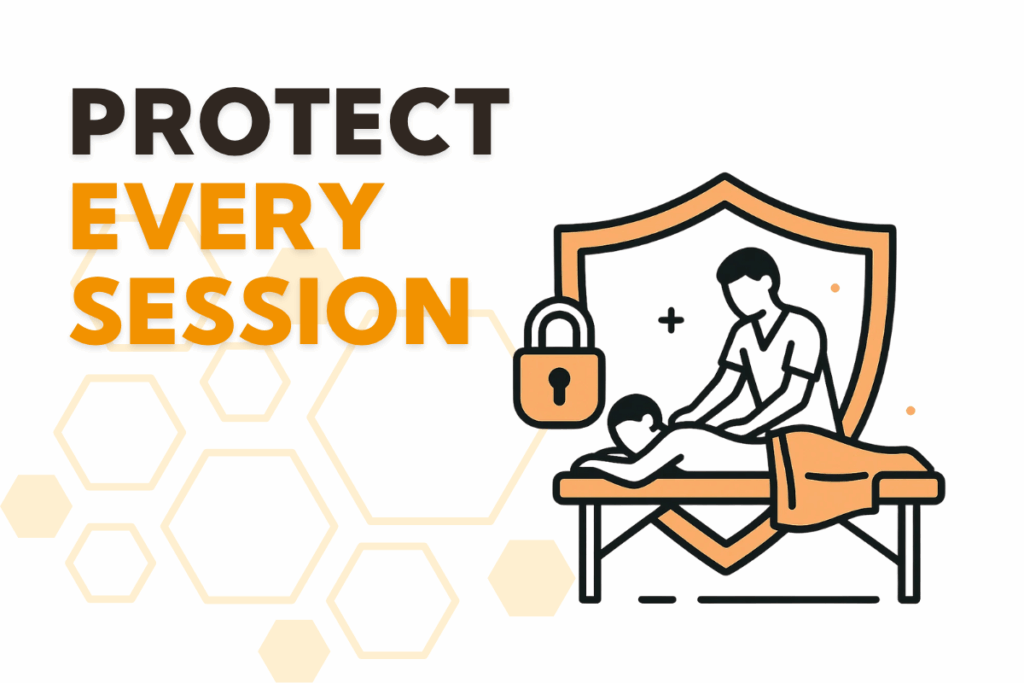Peak Demand Shouldn’t Mean Compromised Care
Maintaining quality during peak times is the true test of a massage therapy clinic’s long-term success. Nearly 70% of clients say that consistency is the reason they stay loyal to a clinic. Trust is built through experience—and nothing shakes that trust faster than small lapses during busy periods.
When appointment books are overflowing, therapists are tired, and the pressure is on, maintaining quality during peak times can become a serious challenge.
But it’s not enough to just survive busy seasons. The real goal is to thrive—ensuring every client feels valued and cared for, no matter how full the schedule gets.
In this guide, you’ll learn why maintaining quality during peak times is critical, where clinics often stumble, and how to set up smart systems that protect your reputation, your team, and your client relationships.
Understanding the Real Pressures During Peak Times
Recognizing the Patterns Behind Peak Periods
Busy seasons in massage therapy clinics often follow predictable patterns:
- Holiday rushes and gifting seasons: Last-minute massage bookings as gifts or for stress relief.
- Year-end insurance deadlines: A surge of clients using up extended health benefits.
- Back-to-school transitions: Clients seeking relief from stress and schedule changes.
- Promotional periods: Offers or promos that spike bookings.
These high-demand periods bring opportunity—but they also magnify risk if quality isn’t maintained.

The Hidden Challenges You Need to Address
Therapist Fatigue
Therapists booked solid without recovery time lose focus and empathy. Emotional, physical, and mental fatigue directly impact the quality of care.
Administrative Overload
Front desk staff juggle cancellations, insurance queries, and last-minute changes—leading to delays and communication breakdowns.
Rising Client Expectations
Clients expect even higher standards during peak times. Smooth communication and personalized care are non-negotiable.
Building a Scheduling System That Protects Quality
Proactive Bookings: Plan, Don’t Panic
Encourage bookings 6–8 weeks before expected peak times to:
- Prioritize loyal clients
- Smooth out appointment flow
- Reduce last-minute chaos
Automated booking reminders keep the process running efficiently.
Schedule Smart Buffers to Avoid Burnout
Build buffer windows into schedules:
- 10-minute breaks between sessions
- Extended lunch breaks
- Caps on daily sessions per therapist
These small changes preserve energy and client experience.
Leverage the Right Technology
Use intelligent scheduling software to:
- Manage client queues
- Automate confirmations
- Adjust availability in real time
The right tech minimizes chaos and maximizes care.
Supporting Your Team to Deliver Their Best
Flexible Staffing Models for Peak Success
Scale your team with:
- Part-time or contract therapists
- Rotating shifts
- On-call backups
Staffing flexibility helps maintain quality when demand surges.
Keep Morale and Energy High
Support staff with:
- Training in stress management
- Healthy snacks and hydration stations
- Movement breaks between sessions
A supported team provides better care.
Foster Open, Supportive Communication
Build a culture of transparency:
- Encourage team members to speak up
- Welcome workflow suggestions
- Normalize constructive feedback
Good communication protects quality and prevents burnout.

Communicating With Clients the Right Way
Set Clear Expectations Upfront
Use email, signage, or booking scripts to inform clients about:
- Appointment availability
- Policy updates
- Booking timelines
This prevents confusion and frustration.
Collect Real-Time Feedback
Use short surveys to ask:
- “Did you feel heard and cared for?”
- “Was your session thorough and relaxing?”
- “Would you recommend us?”
Quick feedback loops help monitor quality in real time.
Personalization Still Matters—Especially When Busy
Add small personal touches like:
- Thank-you notes
- Post-session care tips
- New client check-ins
These moments help retain loyalty even during high-volume periods.
Systematizing Excellence for Long-Term Success
Standardize Your Signature Client Journey
Use consistent systems to guide every session:
- Intake checklists
- Treatment flows based on goals
- Personalized session wrap-ups
Repeatable systems help teams maintain quality under pressure.
Regular Quality Audits Keep Standards High
During busy periods, schedule:
- Weekly SOAP note reviews
- Mystery client visits
- Feedback trend analysis
Catching issues early protects your clinic’s reputation.
Build a Culture of Constant Improvement
Ask your team regularly:
- “What’s one small thing we can improve?”
- “What client win can we celebrate?”
Small changes add up to long-term excellence.
Listening to Clients—and Moving Fast
Spot Trends Before They Become Problems
Use client data to identify:
- Top-performing therapists
- Recurring complaints (e.g., long waits, poor communication)
Data helps guide your next move.
Show Clients You’re Listening
When clients share feedback:
- Thank them
- Take action
- Let staff and clients know what’s changed
Transparency builds loyalty.
Celebrate Visible Improvements
Highlight changes through:
- Newsletters
- Posters
- Social media updates
This shows clients their voice matters and deepens trust.
How Smart Clinics Stay Strong During Busy Seasons
Maintaining quality during peak times is what separates short bursts of success from lasting clinic growth.
Don’t just fill your schedule—fill it with meaningful, consistent, high-quality care. When you protect your standards during busy seasons, you protect everything your clinic stands for.
Support your team, use the right tools, and stay client-focused—and your clinic will not only survive the busy seasons, it will thrive.
FAQs
Start 6–8 weeks in advance to ensure smooth operations and allow clients time to book their preferred times.
Overloading therapists without breaks, leading to burnout and declining service quality.
Yes—automated systems help streamline scheduling, reminders, and client feedback collection.
Use structured onboarding, clear service protocols, and pair new staff with experienced team members for their first week.


